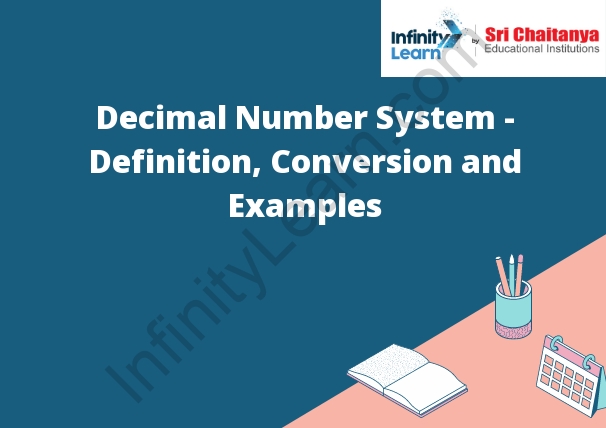Table of Contents
What is the Decimal Number System?
The decimal number system is a numbering system that uses 10 different symbols to represent numbers. These symbols are 0, 1, 2, 3, 4, 5, 6, 7, 8, 9, and 10. In the decimal number system, each number is represented by a combination of these symbols. For example, the number 12 can be represented as 1, 2, 3, 4, 5, 6, 7, 8, 9, 10, 11, or 12. The number 11 can be represented as 1, 2, 3, 4, 5, 6, 7, 8, 9, 10, 11.

Decimal Number System Definition
The decimal number system is the most common number system in use today. It is a base 10 number system, which means that it uses 10 different symbols to represent numbers. The symbols are 0, 1, 2, 3, 4, 5, 6, 7, 8, and 9.
In the decimal number system, each number is represented by a combination of these symbols. The number 1, for example, is represented by the symbol 1, the number 2 is represented by the symbol 2, and so on.
The number 10, which is the base of the decimal number system, is represented by the symbol 10. This means that the number 10 can be represented by the combination of the symbols 1 and 0, the combination of the symbols 2 and 0, the combination of the symbols 3 and 0, and so on.
The number 100, which is 10 times the number 10, is represented by the symbol 100. This means that the number 100 can be represented by the combination of the symbols 1 and 0, the combination of the symbols 2 and 0, the combination of the symbols 3 and 0, and so on, all the way up to the combination of the symbols 9 and 0.
The number 1000, which is 10 times the number 100, is represented by the symbol 1000. This means that the number 1000 can be represented by the combination of the symbols 1 and 0, the combination of the symbols 2 and 0, the combination of the
How to read Decimal Numbers?
A decimal number is a number that is represented by a combination of a whole number and a decimal point. The whole number is written to the left of the decimal point and the decimal point is written to the right of the whole number. The number that is written to the right of the decimal point is the decimal component of the decimal number.
Conversion in Decimal Number System
In the decimal number system, the base is 10 and each digit is a power of 10. The number 123.456 is written as 1 multiplied by 102, plus 2 multiplied by 101, plus 3 multiplied by 100, plus 4 multiplied by 10-1, plus 5 multiplied by 10-2. The number can also be written as 1.23456, where each number represents 1, 2, 3, 4, 5, and 6 in the decimal number system.
How to convert Octal to Decimal?
In order to convert octal to decimal, one needs to divide the octal number by 8 and then take the remainder.
For example, if someone has the octal number 234, they would divide it by 8 to get the remainder of 2. This would mean that the decimal value for 234 is 14.
If someone has the octal number 137, they would divide it by 8 to get the remainder of 5. This would mean that the decimal value for 137 is 9.
How to convert Hexadecimal to Decimal?
To convert hexadecimal to decimal, divide the hexadecimal number by 16, and round down the result.
Conversion of Decimal to Other System
To convert decimal to other system, divide the decimal number by the base of the other system.
Example:
Convert decimal number 123 to binary
123/2 = 61
The binary equivalent of 123 is 11100011.
How to convert Decimal to Octal?
To convert decimal to octal, divide the decimal number by 8 and take the remainder. Write the quotient and the remainder together, using a dot to separate them. For example, to convert the decimal number 145 to octal, divide it by 8 and take the remainder:
145 ÷ 8 = 18 remainder 3
18 . 3 = 22
Therefore, the octal number for 145 is 22.
How to convert Decimal to Hexadecimal?
To convert a decimal number to hexadecimal, divide the decimal number by 16 and take the remainder. Write the hexadecimal number as a string of hexadecimal digits, with each digit representing 4 bits. For example, the decimal number 1234 is converted to hexadecimal as follows:
1234 / 16 = 76
76 remainder 12
1234 converted to hexadecimal is 4E2







